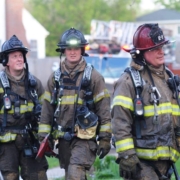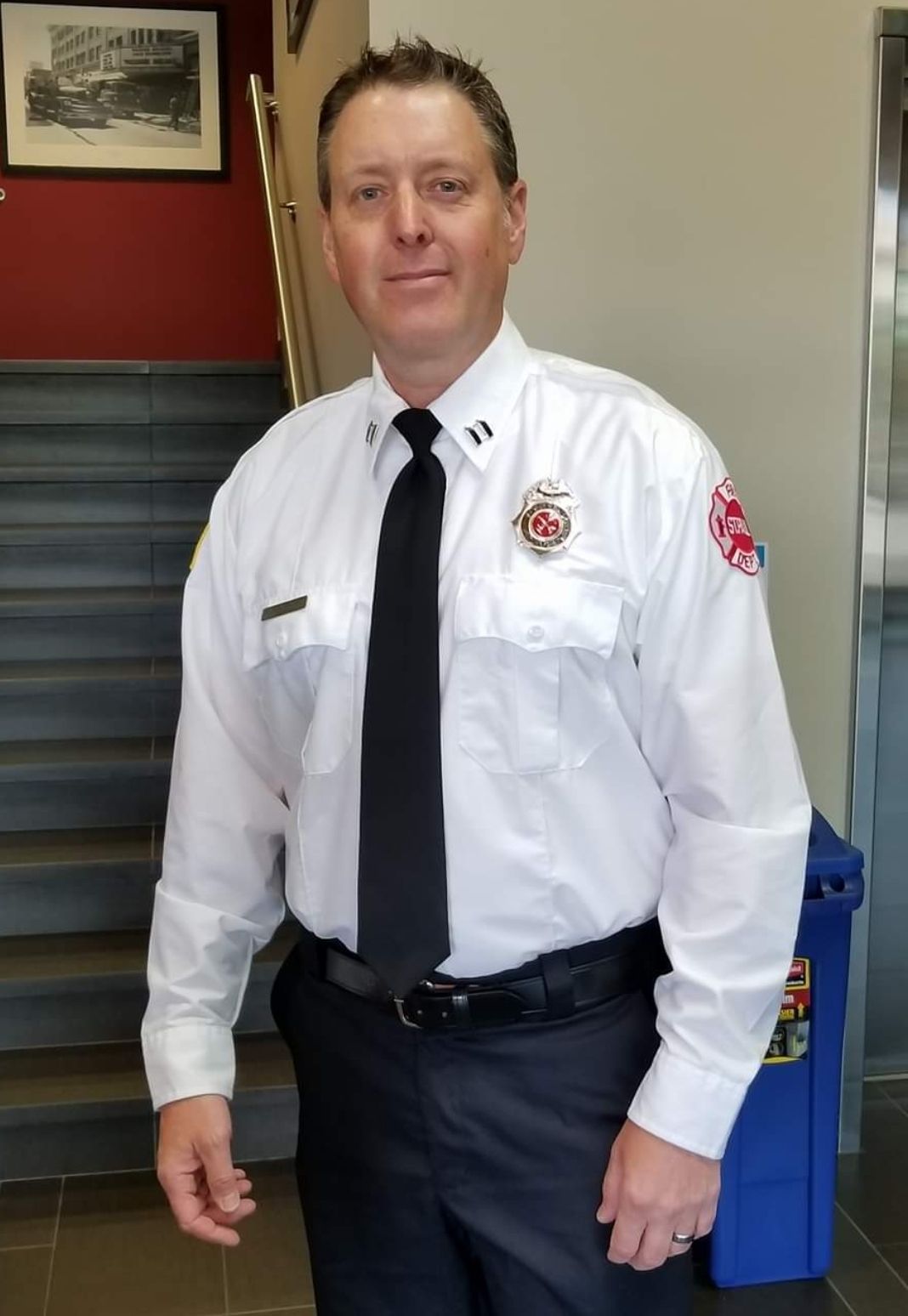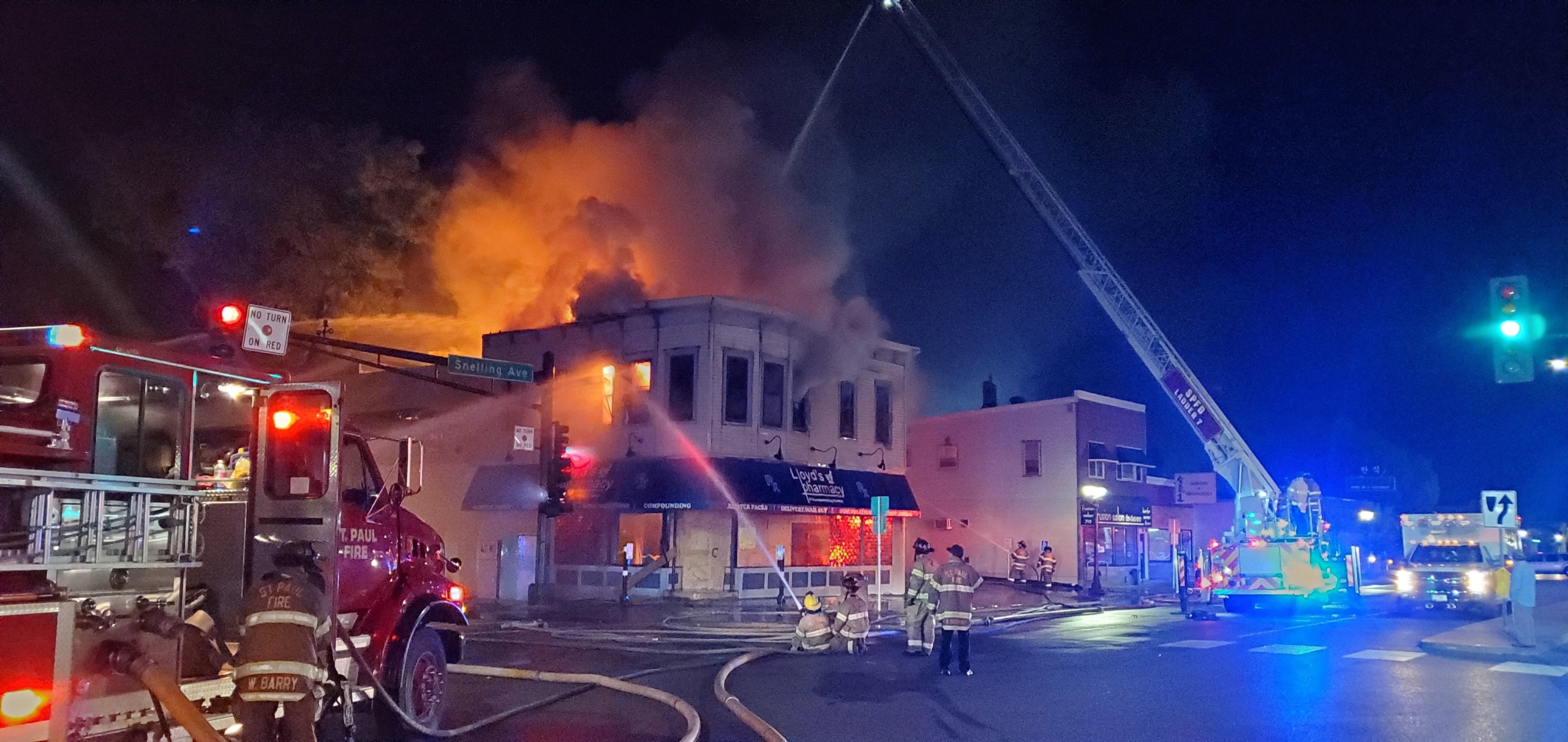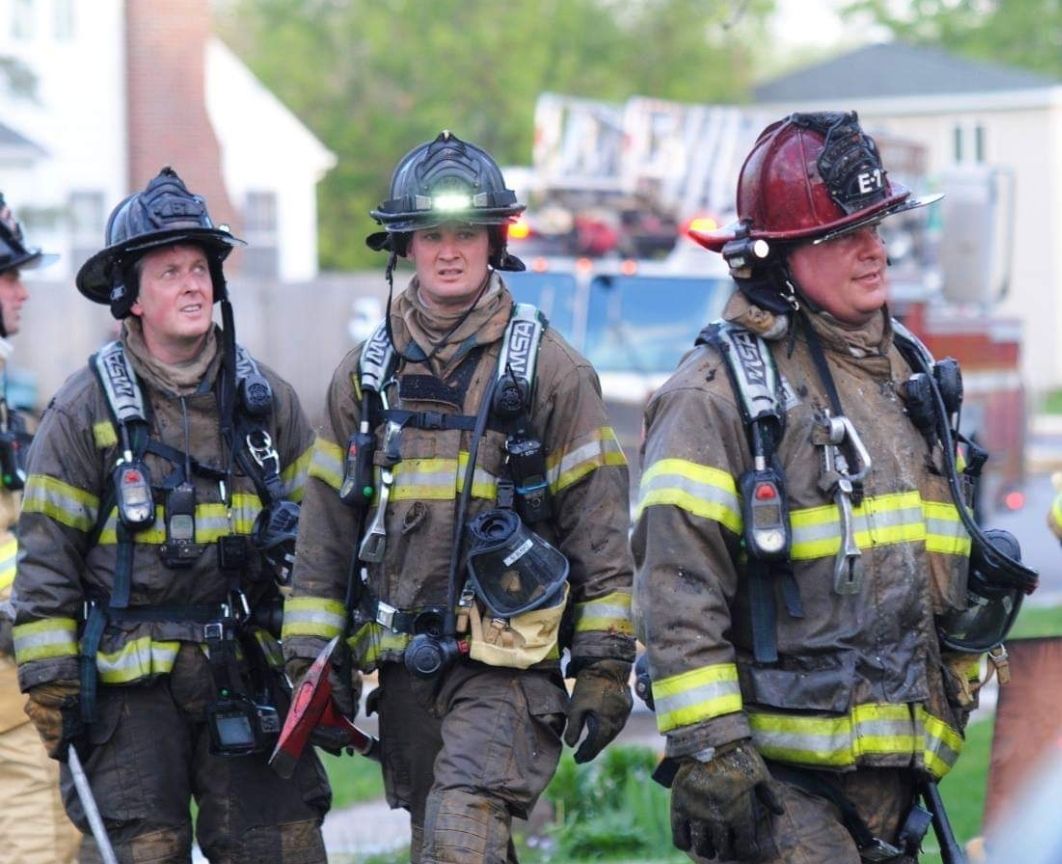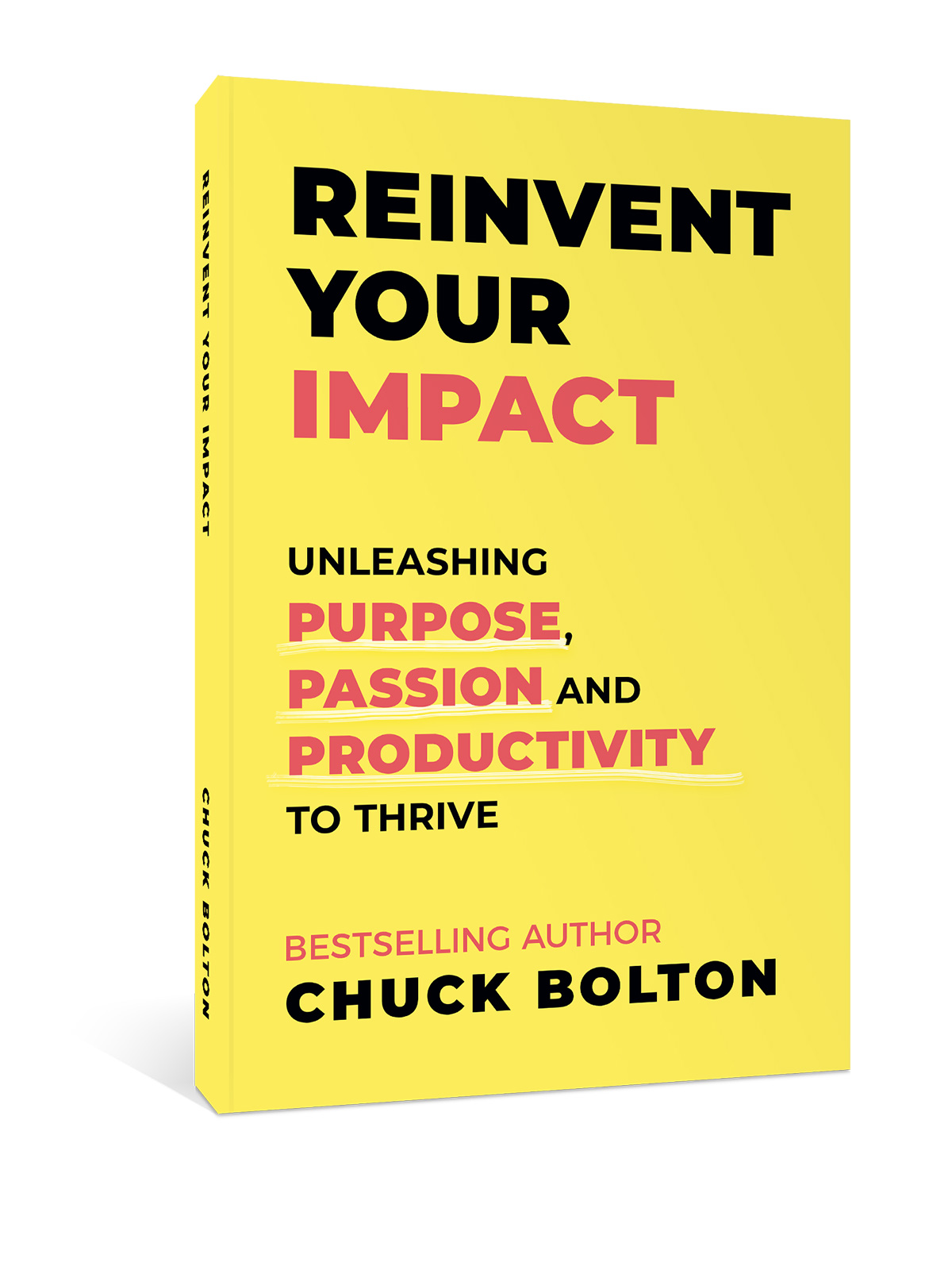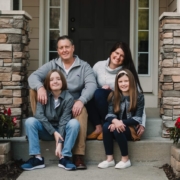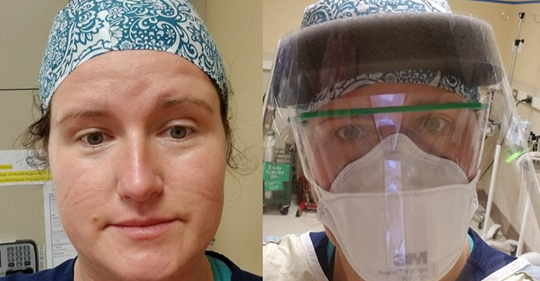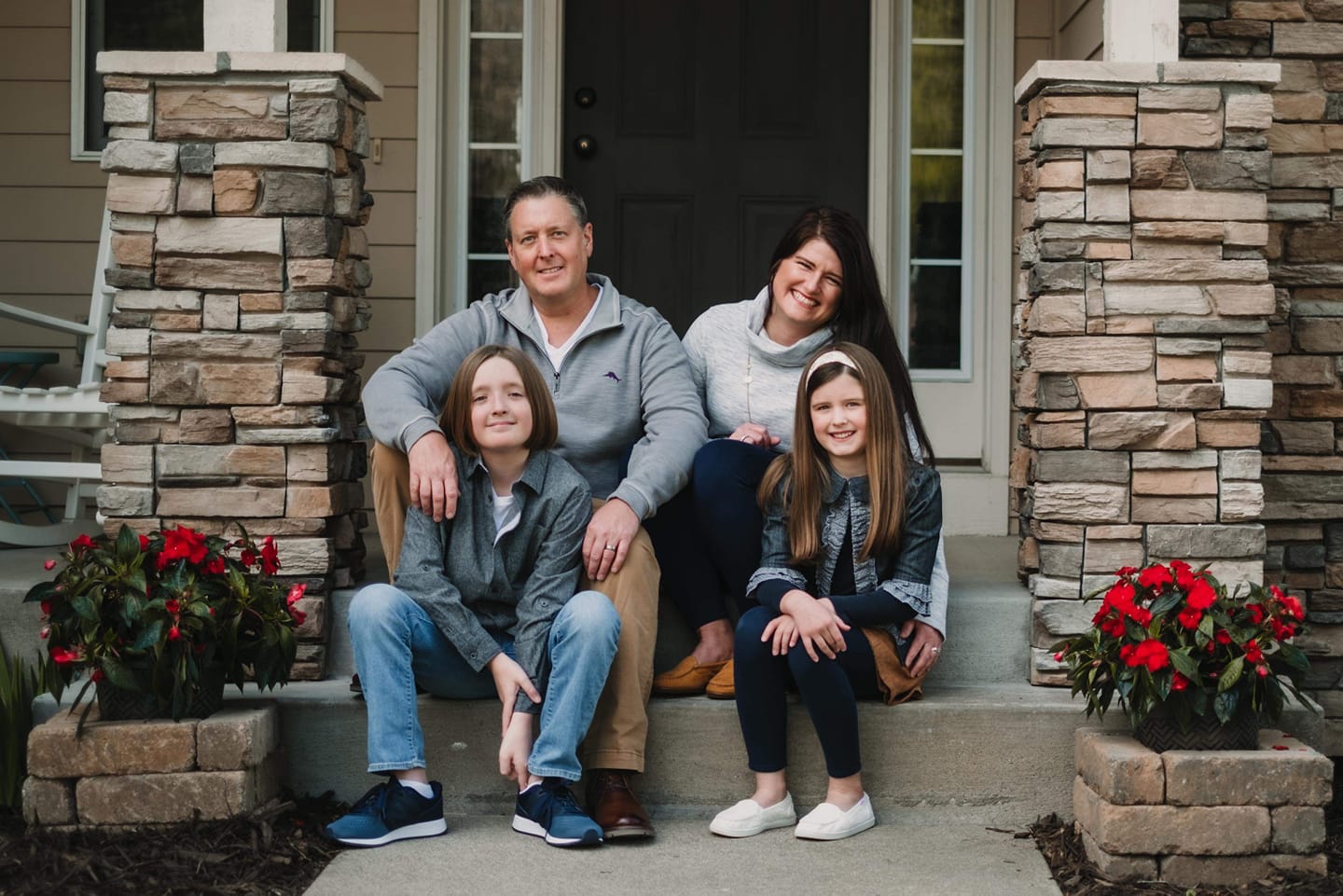During the COVID Crisis and Upheaval Following George Floyd’s Murder, St. Paul Fire Captain’s Purpose is to “Mitigate Emergencies and Return Things to a Safe State”
Being a firefighter has always been a dangerous job, but during a fire, you can see the smoke and flames and feel the heat. Since mid-March an invisible virus has been added into the mix, making the firefighter’s job much more challenging. During the night of May 29 and early morning of the 30th, with 55 fires set by arson added to the formula, you get a dynamic, chaotic and volatile scenario.
John Wolfsberger is a fire captain at Fire Station 6, in St. Paul, Minnesota, on the west side of downtown. For nearly twenty years, he’s served the department. For the past two years, he’s served as fire captain, in charge of one engine with a crew of four, serving a 24-hour shift. His crew also operates a fireboat on the Mississippi River.
John has always sought roles where he could help improve the health and safety of others. Years ago, he took an emergency medicine course and following college, got hired as an EMT for a hospital emergency room. Working in that role, he met several firefighters who talked with him about their work. Wolfsberger was intrigued, applied to the St. Paul Fire Department and was hired as a firefighter.
In St. Paul, firefighters respond to both emergency medical crises and to fires. He says, “The job is pretty straight forward, but what isn’t clear are the emergencies they will be faced with throughout the day.”
“Historically,” John described, “firefighters have been quick to respond to a crisis. Our approach is to overwhelm an emergency. A fire gets overwhelmed and goes away quickly. Now, in the COVID-era, we take a step back. Our instinct is to rush in and overwhelm. Now, we have to move in, approach cautiously and mitigate the problem.”
“There are new procedures to follow. We’ve taken down the number of crew members on EMS calls to two. We’re sending two people and one person is making patient contact, and it reduces the amount of PPE (personal protective equipment) that needs to be consumed on these runs and also reduces opportunities for exposure. All of our firefighters get a health screening. They are asked how they’re feeling, if they’ve been around anyone with COVID-19 and they get their temperature taken before and after each shift. Masks, gloves and gowns are worn on medical calls. We maintain distance from one another in the firehouse. Now the 6-foot rule is in effect. We wear masks all the time and keep our distance.”
“Most fire calls to the department are to seek help with small fires,” John continued. “Food has been overcooked and is burning, or there is a small fire in the garage, or an alarm is on and can’t be turned off. Three months ago, we would send four to eight firefighters to burst on the scene. Now, we send one-person in, to diagnose and attempt to fix the situation, before bringing in others, if necessary. That keeps our firefighters safe from unnecessary exposure.”
After the murder of George Floyd on Memorial Day, May 25, protests began in Minneapolis the following day and quickly spread to St. Paul. A small percentage of the protesters began rioting, looting and burning buildings, homes and businesses.
John described, “Rioters are completely different. It got crazy early Thursday evening on the 28th. We were out all night fighting one fire after another. There were four fires our crew fought during the last twelve hours of our shift. Our chief told us there were between 50 – 60 fires in St. Paul that night. We were jumping from one emergency to the next. We received some reinforcements from the suburbs to different locations which is very rare. We worked a 26-hour shift fighting fires.”
To respond to the fires set by arsonists, the city beefed up the staffing of firefighters by 50%. The chiefs set up roving strike teams, deploying all the crews and equipment in the hot spots, so they could respond fast, rather than waiting for a call in the firehouse and then responding.
While John believes his wife and family are most important in his life, he says his purpose as a fire captain is, “Mitigating emergencies and returning things to a safe state.” He and his team rescue people from dangerous situations, from fire emergencies and medical emergencies.
(Note: John’s wife, Tiffany Wolfsberger, is an ICU nurse and her story was shared on May 12, 2020 https://theboltongroup.com/frontline-icu-nurse-in-the-covid-battle-says-my-purpose-is-to-help-my-patients-feel-better/ )
Since the COVID crisis began, John believes, “The perspective towards firefighters from the greater community has changed. The role the SPFD plays hasn’t changed, but the people we serve have become more vulnerable. Between COVID and the response and outrage resulting from the Floyd murder, there is a heightened awareness that we keep people safe and there’s an appreciation, too, of first responders.”
When asked how he manages fear, John responded, “Preparedness. You are trained to do the job. Emergencies fall into a finite set of problems. Someone’s sick, there’s a fire, or there is a different type of emergency. Preparedness is the biggest and best tool to overcome fear. You don’t hear the word ‘scary’ in the firehouse. We are confident and trained. We have the training and knowledge to keep us safe.”
When asked what he’s learned during the COVID crisis, John said, “Other than knowing that cabin fever is not fatal, and not being sure we could handle so much isolation time and so little everything else, I’ve learned that we can handle a little bit of cabin fever and it’s not the end of the world.”
He also added, “I do think people are more aware. Essential services – hospital, fire, police – people are more mindful. Everyone sees us wearing our masks. As we interact with others, we’re wearing our masks. We are a model on how to stay safe. We’re required to follow these guidelines and we’re motivated to follow the guidelines as we’ve seen how people get sick. We remind others how to stay safe.”
Firefighters have had to reinvent how they respond during the COVID crisis and how they respond to fires set by arsonists during the George Floyd and police brutality protests. And firefighters and fire captains like John Wolfsberger continue to create great impact in their service to mitigate emergencies and keeping us safe. Now, in a period of a pandemic, of an economic calamity and of social unrest, when we’re more vulnerable than ever, it’s time to appreciate the firefighters who keep us all safe.

